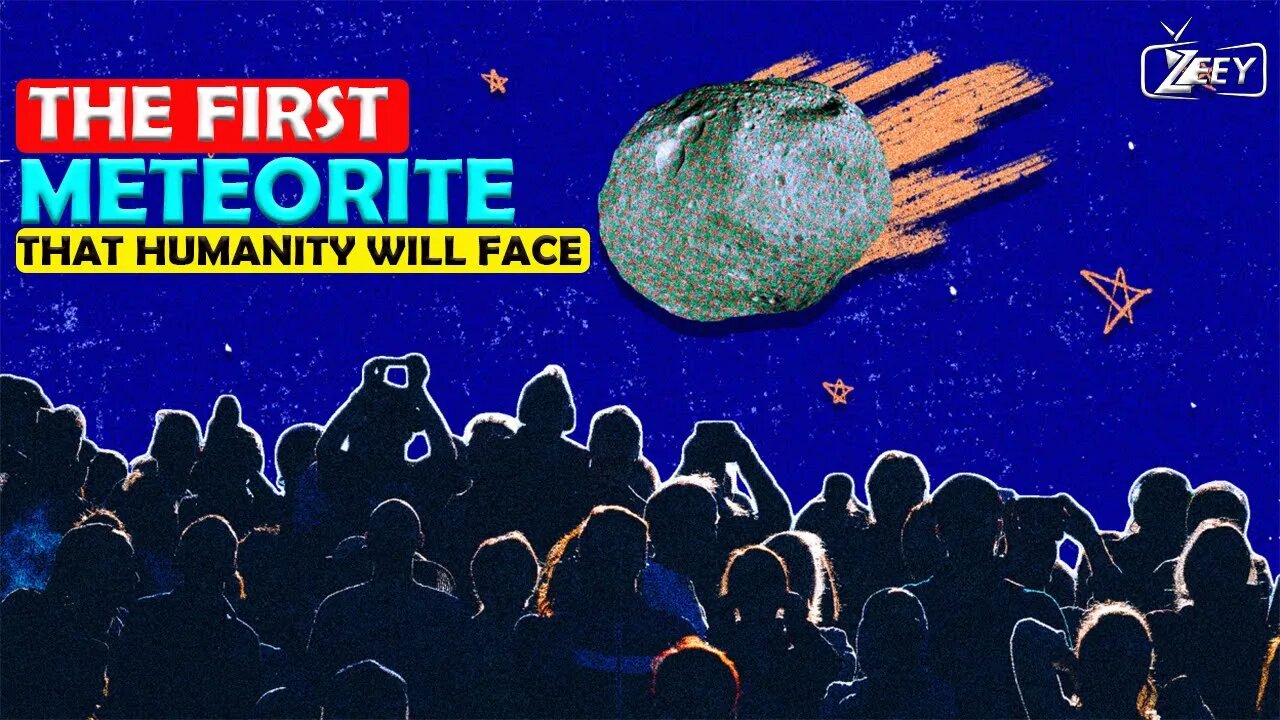Premium Only Content

11 Incredible Occurrences That You Will Not Be Able To Witness | Zeey
#CosmicWonders#UnseenUniverse#AstroPhenomena
Since we began to study the universe, it has become apparent that the majority of events occur over periods of time that are significantly longer than human life. This is true of everything from the evolution of planets to the lifespan of stars.
Today, we shall elucidate upon thirteen such events that are slated to transpire in the distant future, spanning centuries or even millennia. Are you curious as to what they are? Remain to discover!
Witness Halley's Comet twice (or more)
As opposed to other comets that require hundreds or thousands of years to approach Earth, Halley's Comet illuminates the sky approximately every 76 years, making it one of the most well-known.
The Voyagers depart the solar system after 20,000 years.
Since their 1977 launch, the Voyager 1 and Voyager 2 probes, two of NASA's most recognizable space missions, have explored interstellar space.
The magnetic field of the Earth reverses (700,000 years remain)
As an essential component of our planet, the Earth's magnetic field shields us from hazardous solar radiation and contributes to the maintenance of a habitable atmosphere.
Supernova within one million years of Earth
Supernovae are grand astronomical occurrences that symbolize the stupendous and conflagration-filled termination of a stellar lifeform within the cosmos.
After 10 million years, the footprints on the moon are no longer visible.
The lunar imprints produced by Apollo astronauts serve as concrete evidence of a momentous achievement in the realm of space exploration. By that time, all human imprints on the Moon will have been eradicated by impacts.
Mars will possess an asteroid belt in forty million years.
Two minor moons, Phobos and Deimos, have orbited Mars in a solitary fashion for millions of years.
Saturn will deplete its ring inventory in 100 million years.
Saturn will permanently lose its orbit of asteroids, whereas Mars will acquire one.
The first meteorite encountered by humanity in the remaining 180 million years
Such enormous asteroids have not entered Earth's atmosphere since the age of the dinosaurs.
There will be more daylight (four billion years remain).
The Moon, an obedient natural satellite, deviates from the Earth by an estimated annual rate of 3.8 centimeters.
In 4.5 billion years, the Milky Way and Andromeda will collide.
A spectacular cosmic encounter is anticipated between the Milky Way and the Andromeda galaxy in the remote future, specifically around 4.5 billion years from now.
The sun will disappear in five billion years.
The Sun is classified as a main sequence star, operating by undergoing nuclear fusion to produce light and heat from the combustion of hydrogen in its core.
#HiddenCosmos#BeyondVisible#SpaceMysteries#CelestialSpectacles#InvisibleMarvels#GalacticWonders#TimelessCosmicEvents#AstroReality#UnobservableUniverse#CosmicEnigmas#CosmicWonders#UnseenUniverse#AstroPhenomena#HiddenMarvels#spaceexploration #InfiniteMysteries
-
 LIVE
LIVE
Matt Kohrs
10 hours agoMarket Open: BIG Moves Incoming?!?! || Live Trading
644 watching -
 LIVE
LIVE
JuicyJohns
1 hour ago $0.79 earned🟢#1 REBIRTH PLAYER 10.2+ KD🟢
313 watching -
 LIVE
LIVE
Wendy Bell Radio
4 hours agoDemocrats Are In Total Free Fall
6,959 watching -
 54:23
54:23
Dialogue works
2 days ago $0.77 earnedAndrei Martyanov: Putin Beating Trump at His Own Game - Can Israel Survive a War W/ Iran W/o the US?
8.23K7 -
 LIVE
LIVE
LFA TV
2 hours agoLFA TV ALL DAY STREAM - MONDAY 8/18/25
4,888 watching -
 58:23
58:23
JULIE GREEN MINISTRIES
2 hours agoJUDGEMENT IN DC IS ABOUT TO INTENSIFY
71.6K136 -
 1:27:39
1:27:39
Chicks On The Right
3 hours agoLibs freak over Putin meeting, Rubio SHINES, Gavin spiraling, Kamala drunk-talks again
16.9K2 -
 LIVE
LIVE
Welcome to the Rebellion Podcast
19 hours agoA Case of the MonJays - WTTR Podcast Live 8/18
212 watching -
 LIVE
LIVE
The Bubba Army
2 days agoZelensky SLAMS Trump-Putin Meeting - Bubba the Love Sponge® Show | 8/18/25
2,341 watching -

PudgeTV
11 hours ago🔵 StarCraft 2 Live Gaming on Rumble | Can the Terran Survive the Protoss Master Race?
15.7K